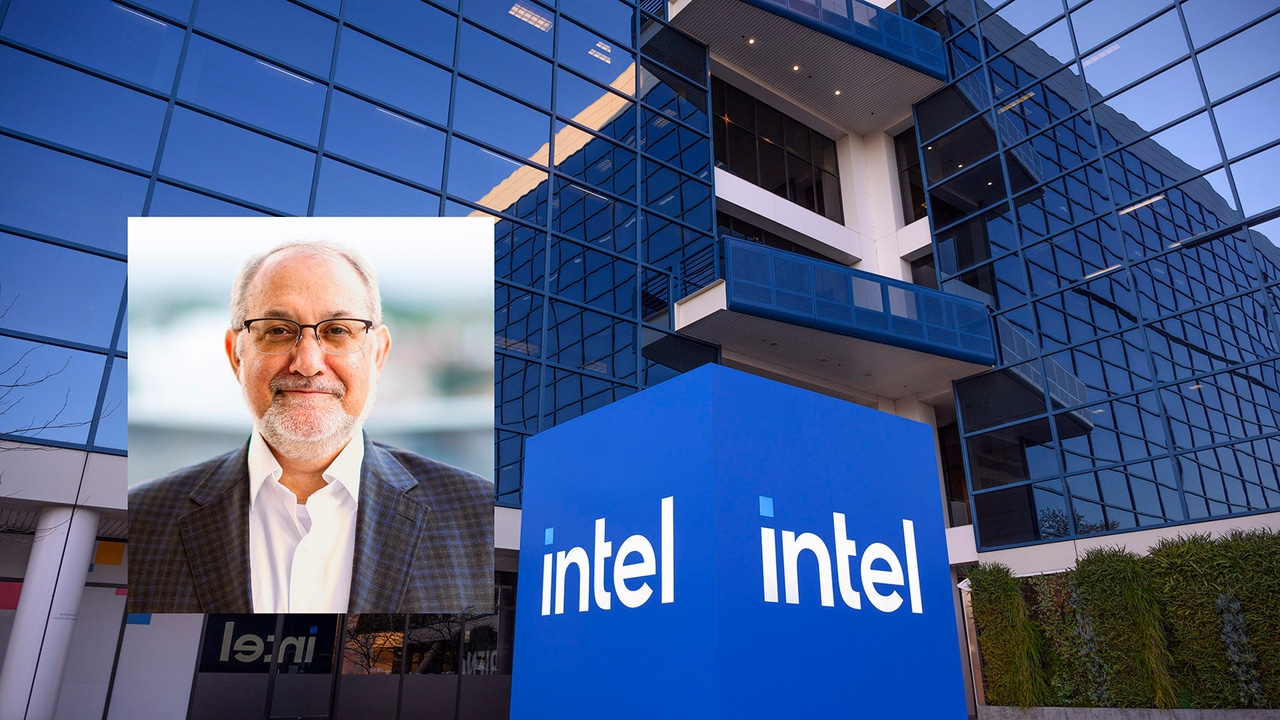Intel CIO Motti Finkelstein on C-Suite Communication, Sustainable AI, and Future
Finkelstein must lead the chip giant’s IT team as the company embarks on its sprawling and ambitious foundry goals.

On any given day, ask Intel CIO Motti Finkelstein how he’s doing, and he’ll give you the same answer every time: “Fabulously amazing!”
Even in tumultuous times, Finkelstein, who took over the CIO role last year after serving as the company’s chief digital transformation officer, keeps a sunny disposition. That might seem like a remarkable posture considering his current task of leading the US semiconductor giant’s IT team during an ambitious domestic manufacturing comeback plan, geopolitical tensions, and a tough financial environment.
“No matter what time it is, it’s a tough time to be a CIO,” Finkelstein says. “And it’s tough for many, many reasons. Being a CIO is an interesting challenge. And in tumultuous times, I see that as an even more interesting challenge, because it requires rapid change, rapid adaptation, and understanding where the business is.”
Intel in Turbulent Times
Intel’s ambitious plan to reestablish itself as a global leader in semiconductor production and design -- dubbed “IDM 2.0” in 2021 under CEO Pat Gelsinger -- is well underway with a multi-billion-dollar effort to establish new manufacturing plants (or “fabs”) in Ohio and Arizona and additions to existing facilities in New Mexico.
While bolstered by grants from the $52 billion in federal funds the Chips for America Act set aside for domestic chip manufacturing, hurdles remain. After a swift post-pandemic tech downturn in 2022, Intel announced $10 billion in cost-cutting measures by 2025, reducing staff while trying to maintain its $100 billion IDM 2.0 roadmap.
So, for an IT leader like Finkelstein, tackling a paradigm-shifting manufacturing effort while keeping an eye on rapidly changing economic realities requires finesse, balance, and open communication with other C-suite executives and across the entire IT department. Effective communication requires a deep level of understanding across all lines of the business, he says.
“As the CIO, you and your organization -- because Rome wasn’t built in a day nor by one person -- and the whole team needs to understand the business drivers, what’s motivating the business value and prioritization, while understanding HR across the board, finance across the board, understanding the different product lines.”
On Making Complex Problems Manageable Through Focus
Intel’s diverse product line requires a holistic approach. “We have a client product line, data center product line, the edge product line, we have the high-volume manufacturing, and we have the packaging,” Finkelstein says. “They’re all different focus areas, so my real goal is understanding them and having the team understand and being able to make an impact where it’s the most relevant for them. And Intel has tremendous talent across the board -- brilliant, brilliant people. And that makes the CIO role a little harder because everyone’s a technologist.”
Making a complex organization digestible from an IT perspective is a matter of doing your homework, Finkelstein says. “With the number of projects, the focus can be all over the map because they are trying to deliver an incredible amount -- so when everything is a priority, nothing is a priority. My simple ask was, ‘Let’s really understand the business and understand what customers care about the most and focus on those things.' Here’s the crazy result of that -- the IT staff was happier, because they delivered things ahead of schedule because they were able to focus.”
Intel’s Focus on Sustainable AI Sharpens
The release of OpenAI’s ChatGPT less than two years ago sparked an arms race for generative AI tools and hardware. Intel was already deep into its AI journey, but the sudden demand pushed projects and product lines forward. That push has raised questions about energy use and sustainability: Finkelstein says the company must focus on a safe rollout of emerging technologies.
Earlier, Intel introduced its responsible AI program that defined “four pillars” of responsible AI development, which include internal and external governance, research and collaboration, products and solutions, and inclusive AI.
“The benefit and the implementation and the deployment of these solutions is critical to the success of any organization,” he says. “But you have to take into account that you have to take care of privacy, you have to take care of security, and you have to take care of sustainability … Foundationally, the ethics, doing the right thing -- it’s very important to Intel to do everything better than required. But these things require a lot of compute power. That’s the reality … One of the challenges is to actually optimize. So, if you run something, you want to make sure you’re running optimally.”
Future Ambitions
Achieving sustainable AI across a huge organization in the process of repositioning itself as a world leader in manufacturing is a daunting task. But the goal goes beyond the health of one company, Finkelstein says. A stable supply chain ensures a stable future. And according to the Semiconductor Industry Association, the US chip market share has declined from about 37% to 12%, with Asia manufacturing most of the chips used in everything from cars and refrigerators to smart phones and personal computers.
“For a more stable world in general, it’s important for the US to have these capabilities. And from an IT perspective, we’re going to support these factories wherever they are … In the supply chain conversation, we will be able to tell you exactly where the chip was manufactured -- where it went and where it came from.”
So, how is Intel progressing with its ambitious goals?
“Fabulously amazing,” Finkelstein says.
About the Author
You May Also Like






